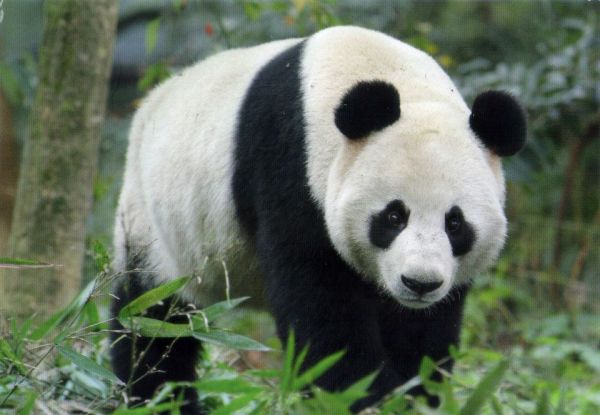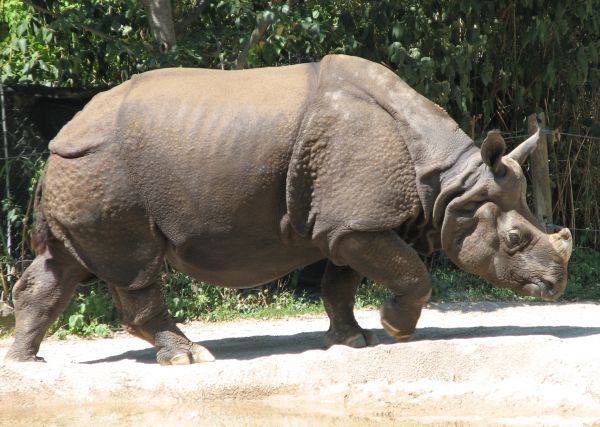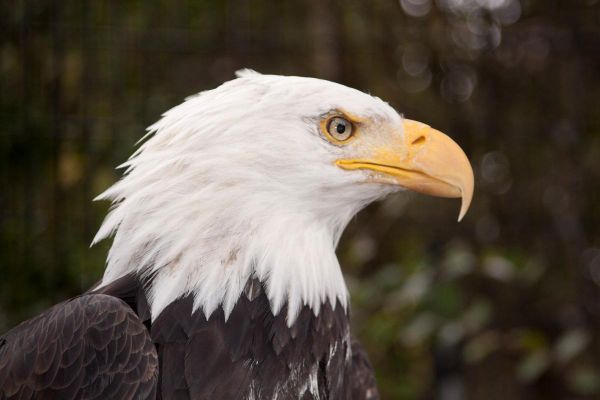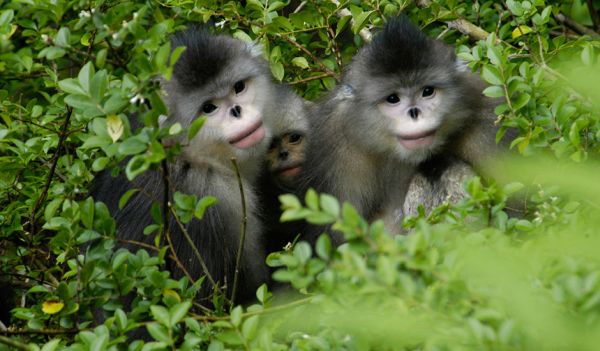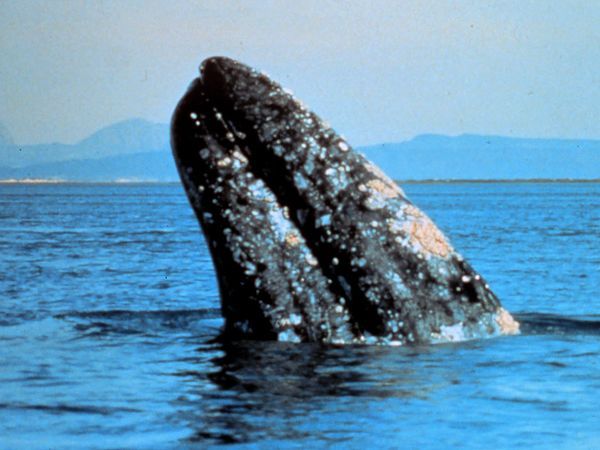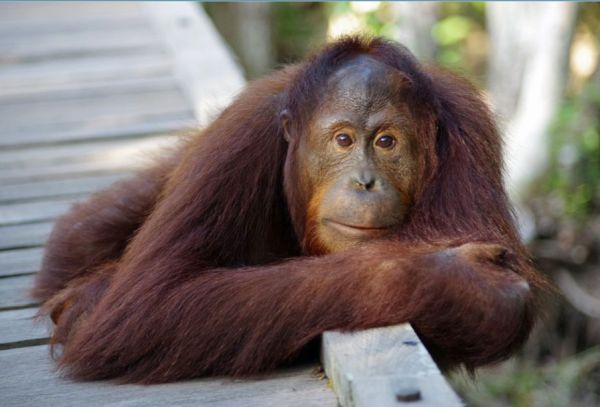While development in infrastructure is strengthening the world’s economy, there is a range of effects of urbanization that are frequently ignored. Illegal trading and poaching, plastic waste generation, water, air, and soil pollution caused by leaching chemicals, and rapid deforestation are just a handful of the myriad negative effects that we have imposed on nature. Earth is a habitat for countless species, which human frequently choose to ignore for their individual growth and development. Here are seven such animal species that were once on the brink of extinction.
-
Giant Panda
Image Source : Wildlifesalvation.Com
Decades of effort in establishing natural reserves to serve as habitats for Giant Pandas in the Sichuan Province of southwest China has finally started paying off. According to China’s 2015 National Surveys of Giant Pandas, an amazing growth in the population of this once red-listed species has been noted. The wild populations of this unique beer have seen a growth of about 17 percent in the recent years. The danger is not completely over for this beautiful beer as habitat fragmentation is consistently threatening them.
-
Indian Rhino
Image Source : Rhinoresourcecenter.Com
A common wildlife species in the northern part of the Indian subcontinent, the Indian Rhinos saw an astonishingly sudden decline in their population because of poaching and habitat loss. The World Wildlife Fund (WWF) included this species in the endangered list when in 1975 only 600 Rhinos remained.
With concentrated efforts in restoring their safety, the population of Indian Rhinos saw a rapid increase and was recorded to be 3000 in 2012. Nepal alone is home to 645 rhinos, where anti-poaching programs at grassroots are operating to keep this wild animal safe from extinction.
-
The Bald Eagle
Image Source : Alaskazoo.Org
America’s mascot, the Bald Eagle is one of the species that is fighting extinction. The use of the pesticide dichloro-diphenyl-trichloroethane (DDT) in New Jersey led to the near eradication of the species. Through the 1970s and 1980s, just one known nesting pair of the Bald Eagle remained. After diligent efforts and bans on theuse of DDT, a consistent improvement in numbers has been seen. 161 pairs of nesting Bald Eagles were counted in 2015 by the 2015 Bald Eagle Report of the New Jersey Department of Environmental Protection Division of Fish and Wildlife.
-
Yunnan Golden Monkey
Image Source : Nature.Org
In the mountains of southwestern China’s Yunnan Province, living at altitudes of 4000m and higher, the Yunnan Golden Monkey was believed to be extinct until the 1960s. Efforts for rehabilitation of the pristine forests of the high mountains have led to a rapid increase in their population, which is currently estimated to be about three times than the counts in the 1980s. Often referred to as the “wild men of the mountains” their population is somewhere above 3000 now.
-
Green Sea Turtle
Image Source : Kids.NationalGeographic.com
In the 1980s, researchers from theUniversity of Central Florida monitored the green sea turtle nests on a 13-mile stretch and counted fewer than 50 nests. With rapid reforms in conservation, the numbers eventually began rising and were reported to be 12,026 in September 2015, demolishing all previous records.
-
Gray Whale
Image Source : Images.NationalGeographic.Com
At one time there were 3 gray whale populations in the world, the north Atlantic population is currently extinct and the Korean or western north Pacific population is currently extremely depleted. The eastern north Pacific population is currently the largest thriving population of the Gray Whale that has survived because of the consistent efforts of conservationists. Currently, their numbers range in 19,000 to 23,000.
-
Orangutan
Image Source : Yourshot.NationalGeographic.Com
After a decade of consistent conservative work in Indonesia’s Sebangau National Park, the population of the orangutan in the park has risen by 7 percent. Because more than 70 percent of the wild population lives outside the confines of the national park and is continuously threatened by the deforestation for logging and agriculture, WWF recommends continual efforts to bring the numbers back to their original level.
Numerous species have been lost forever, but the endangered species facing extinction head-on can still be protected from perishing. With conservative efforts and ongoing work in preserving natural habitats and poachers, many are slowly rising back to healthy numbers in the population scales.



